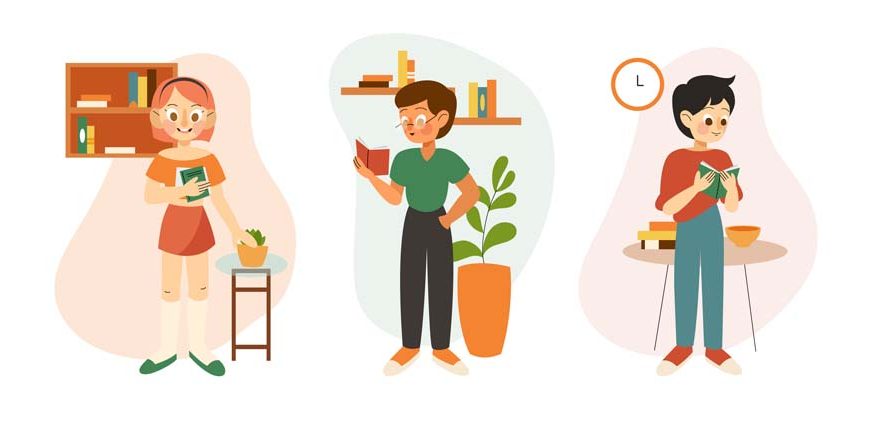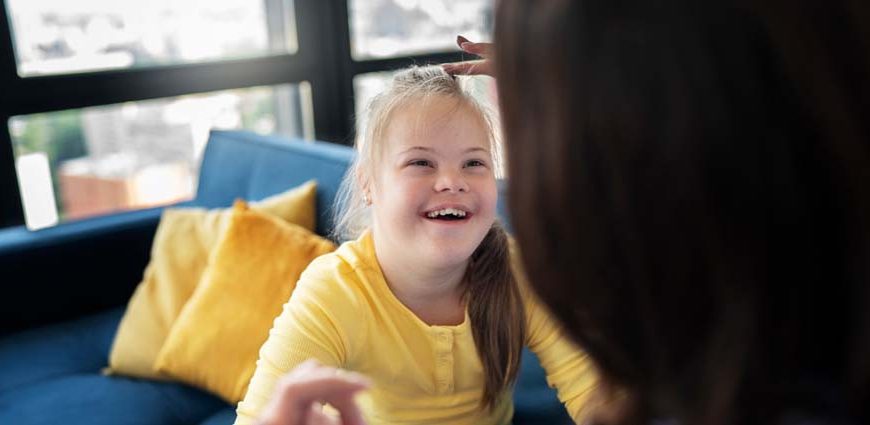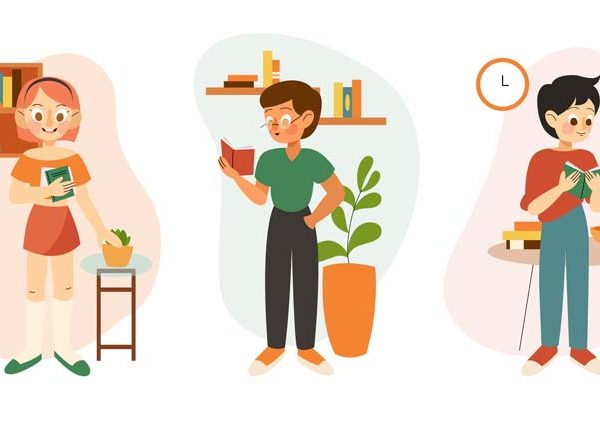Children’s artwork is a window into their imagination, emotions, and cognitive development. Engaging in meaningful conversations about their creations not only nurtures their confidence but also enhances their communication skills. This article explores effective ways to connect with children through discussions about their artwork.
- Create a Comfortable Environment
- Ask Open-ended Questions
- Show Genuine Interest
- Avoid Judgement
- Connect Art to Emotions
- Share Your Thoughts
- Encourage Artistic Choices
- Relate Art to Everyday Experiences
- Foster Art Appreciation
- Use Descriptive Language
- Emphasize Effort, Not Perfection
- Celebrate Progress
- Encourage Collaboration
- Provide Art Supplies
- Use Art as a Conversation Starter
- Encourage Reflection
- Display Artwork Proudly
- Attend Art Events Together
- Connect Art to Other Subjects
- Explore Cultural Diversity
- Teach Art History
- Use Technology in Art
- Organize Art Challenges
- Document Artistic Progress
- Use Art as a Therapeutic Outlet
- Embrace Imperfections
- Explore Different Art Styles
- Create a Story around Art
- Support Art Education
- Foster a Lifelong Love for Art
Establish a comfortable space where children feel free to express themselves without judgment. This fosters a sense of security, encouraging them to share their thoughts and feelings about their creations openly.
Instead of closed questions that prompt a simple ‘yes’ or ‘no,’ encourage conversation by asking open-ended questions. For instance, inquire about the choice of colors, shapes, or the story behind the artwork.
Demonstrate sincere curiosity in the details of their artwork. This not only validates their efforts but also communicates that their creations are significant and valued.
Steer clear of evaluative comments. Instead of praising or criticizing, focus on understanding their perspective. This approach fosters a sense of autonomy and encourages them to explore their creativity without fear of judgment.
Explore the emotional aspects of their artwork. Ask them how creating the piece made them feel or if there’s a specific emotion they wanted to convey. This connection helps them understand the link between art and emotions.
Express your observations and thoughts about their artwork. This not only models effective communication but also provides an opportunity for them to see how others interpret and appreciate art differently.
Celebrate their creative decisions, whether it’s a unique color combination, an unconventional shape, or a bold stroke. Reinforce the idea that there’s no right or wrong in art, fostering a positive attitude towards self-expression.
Connect their artwork to real-life experiences. This helps them see the relevance of art in various contexts, making the creative process more meaningful.
Teach them to appreciate not only their own but also others’ artwork. Discuss famous artists, visit art galleries, and expose them to diverse art forms to broaden their understanding and inspire new ideas.
Encourage the use of descriptive language when discussing their artwork. This not only enhances their vocabulary but also helps them articulate their thoughts more clearly.
Shift the focus from achieving a perfect outcome to the effort invested. This promotes a growth mindset, where mistakes are viewed as opportunities for learning and improvement.
Highlight the progress in their artistic skills. This can be a powerful motivator, reinforcing the idea that continuous effort leads to improvement.
Promote collaborative art projects. This not only fosters teamwork but also provides an opportunity for them to learn from each other and share creative ideas.
Ensure access to a variety of art supplies. A well-stocked art corner encourages spontaneous creativity and allows them to experiment with different mediums.
Integrate art into everyday conversations. Ask them to draw or paint about their day, turning art into a tool for self-expression and communication.
Promote self-reflection by asking questions like, “What do you like most about your artwork?” This helps them develop a deeper understanding of their creative process.
Create a dedicated space to showcase their artwork. This not only boosts their confidence but also communicates the value you place on their creative endeavors.
Participate in art events or workshops. Exposing children to different art forms and allowing them to interact with professional artists can be both educational and inspiring.
Integrate art with other subjects like science, math, or literature. This interdisciplinary approach enhances their understanding of various concepts and encourages cross-disciplinary thinking.
Encourage them to explore art from different cultures. This not only broadens their artistic influences but also promotes cultural awareness and appreciation.
Introduce age-appropriate art history. Learning about famous artists and art movements provides context and inspiration for their own creative endeavors.
Incorporate technology into artistic expression. Explore digital art tools and apps that allow children to create, edit, and share their artwork in innovative ways.
Create fun art challenges. Whether it’s a themed drawing session or a competition among friends, challenges add an element of excitement and motivation to the creative process.
Keep a visual record of their artistic journey. This could be in the form of a scrapbook or a digital portfolio, allowing them to see their growth and development over time.
Recognize the therapeutic benefits of art. Encourage them to use art as a means of expressing emotions and processing experiences.
Instill the idea that imperfections are part of the artistic process. Embracing mistakes as opportunities for learning fosters resilience and a positive attitude towards challenges.
Expose them to a variety of art styles and movements. This not only broadens their artistic vocabulary but also inspires them to experiment with different techniques.
Encourage them to create a story or narrative around their artwork. This adds a storytelling element to their creations and enhances their imaginative skills.
Advocate for art education in schools and communities. Recognize the importance of a well-rounded education that includes the arts for fostering creativity and critical thinking.
Ultimately, the goal is to nurture a lifelong love for art. By engaging in meaningful conversations, providing opportunities for creative expression, and fostering an environment that values artistic endeavors, we contribute to shaping individuals who appreciate, create, and contribute to the world of art.
Engaging in conversations about children’s artwork is more than just discussing colors and shapes; it’s about fostering creativity, expression, and a love for the arts. By following these strategies, we can create meaningful dialogues that empower children to explore, appreciate, and enjoy the world of art.
For a holistic approach to your child’s development, consider EuroKids. Our programs are designed to nurture creativity, critical thinking, and a love for learning. Explore the EuroKids advantage today.











